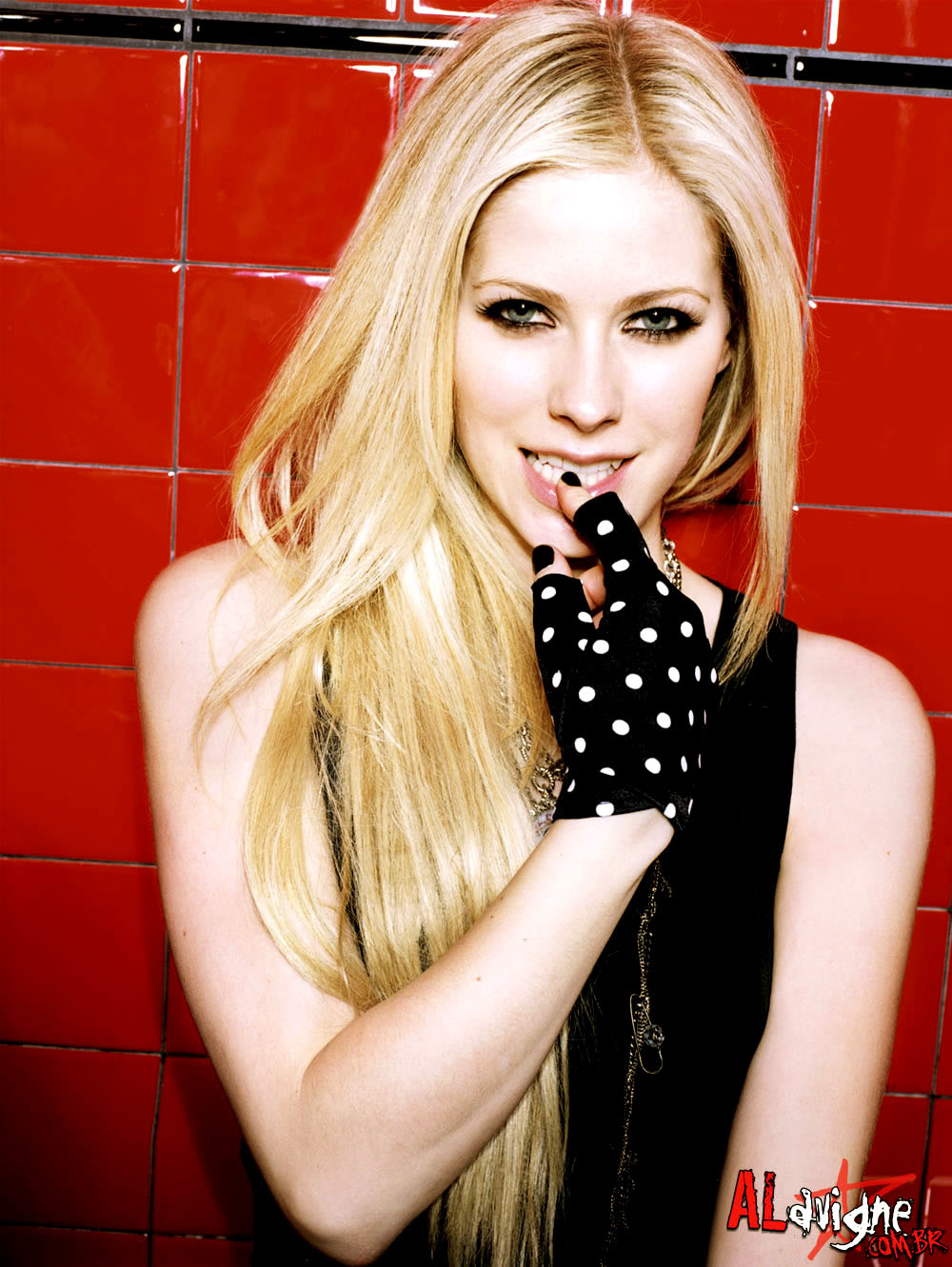Avril Lavigne’s latest single “Hello Kitty” is guilty of a lot of things: lazily choreographed arm waves with camera jitter, unimaginative lyrics, and intense colours and costumes to distract you from all the wretched noise (sorry, Avril, but leave a cupcake skirt for Gaga to work). But contrary to what the Internet is exploding over, racism should not be what the former sk8er chick is being slammed for.
In the video, Lavigne in no way suggests that one race is better than another, or specifically belittles Japanese culture. Rather, she uses pop music as a medium to integrate herself into that culture. “Hello Kitty” is nothing but a pure example of pop music marketing, taken to an extreme, and being mistaken for looking like a parody of Japanese culture.
The explosion of anime and exaggerated Japanese cultural references by Lavigne in the video is over-the-top, but she does this to tap into fundamental facets of Japanese entertainment, specifically the quality of kawaii (cuteness, adorable, etc.), to make herself instantly recognizable to that particular audience. Much of Japan isn’t comprised of people dressed in cupcake skirts, but often, when it comes to the country’s entertainment, the bolder you can be, the more memorable your material will be.
Having been to Japan myself, the daytime is pretty mundane with people in white shirts and black pants, walking to their jobs. But once the sun goes down (and the city lights brighten) areas such as the Akihabara District come to life, with cartoon characters from the television roaming the streets.
Given the vibrant imagery in her music video, Avril seems to channel a typical stroll down Akihabara District. No, she doesn’t reach very far, nor try very hard to be creative, but what the song presents in its video is pretty representative of Japanese entertainment, which is spot on if she was intending to build hype with her Japanese fans.
In that same vein, let’s not forget the music video was filmed on location in Tokyo. Now, who are we to judge if Avril is being racist, when the very country that we are accusing her of belittling welcomed her and allowed her to execute the things she did on camera? Watching behind-the-scenes on the making of this video, you see Avril being guided by a Japanese man on how to dance and speak for the video. If “Hello Kitty” is truly racist, then this bit of evidence could be a tiny bit problematic.
Taking an extreme plunge with everything typically associated with Japanese entertainment (cartoonish outfits, very animated movements, nauseating bright colours, etc.), “Hello Kitty” impressively — possibly sadly — represents what pop music is ultimately about: experimentation.
With a heavy dubstep-esque beat paired with childish imagery and actions, Avril is far from being a racist. She’s an artist first and foremost, simply playing with her art — how good of an artist is completely subjective, however. And you know how artists are: they can’t create anything without a tiny bit of controversy.
Despite it all, say what you want, listen to as much or as little of “Hello Kitty” as you want, the song has clawed its way into most of our ears, and officially earned a spot on the Billboard’s Top 100. Currently, it’s at No. 75. But who’s honestly counting when we’ve got another horribly infectious song to (guiltily) dance to this summer?


